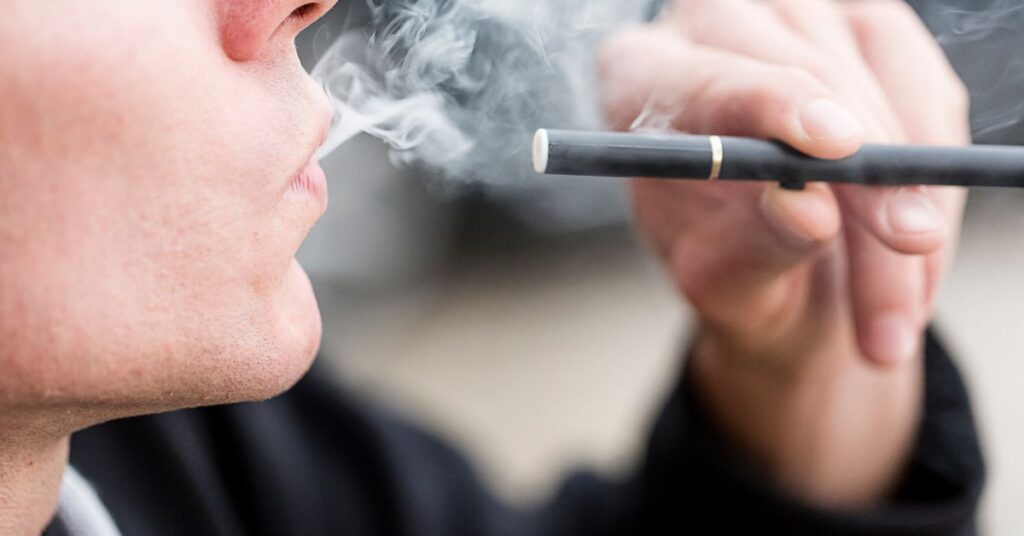On World No Tobacco Day, it is crucial to raise awareness about the growing trend of vaping among adolescents, its harmful effects, and methods to quit vaping. Vaping refers to inhaling and exhaling vapor produced by electronic cigarettes (e-cigarettes), which contain nicotine and flavoring substances.
Initially developed as a safer alternative to traditional cigarettes, e-cigarettes have become a popular choice for young individuals due to their attractive packaging and false perception of being less harmful.
However, vaping poses significant health risks, including –
- Lung diseases
- Heart issues
- Oral and dental problems
- Fertility complications
- Cancer
- Increased vulnerability to COVID-19,
and other adverse effects on the central nervous system.
False Advertisements:
Contrary to the belief that vaping reduces stress, nicotine dependency actually exacerbates stress and anxiety. E-cigarettes are not a recommended tobacco cessation method, as all tobacco products are equally harmful.

Children are Vulnerable to this:
Parents and caregivers should be aware of signs indicating their child may be vaping, such as –
- Fruity or candy-like smells
- Unexplained cough
- Mouth sores
- Increased thirst,
- and mood swings.
Quitting vaping requires support from loved ones, antioxidant therapy, willpower, motivation, commitment, and assistance from a tobacco cessation specialist. Various strategies like drinking water, deep breathing exercises, delaying vaping, distracting oneself with hobbies, maintaining a balanced diet, seeking social support, and considering nicotine replacement therapy can aid in quitting.
Benefits of quitting vaping include –
- Improved blood pressure
- Heart health
- Lung function
- Sense of smell
- Taste, and overall well-being.
It is essential to spread awareness about the dangers of vaping and provide support for individuals, especially adolescents, to overcome this growing epidemic.
Deep Breathing Exercises help:
- 10 cycles of Pranayam (3 times a day to kick off stress and cravings away)
- Delay (Increase time between each vaping at least by 1 hour)
- Distract (Engage in your favourite hobby)
- Diet (Dietary management of Withdrawal Symptoms)
Food Cravings: Diet diversity and micronutrient adequacy
- Sleeplessness – well balanced diet that includes milk and dairy products is effective for improving sleep quality.
- Constipation- diet rich in soluble and insoluble fibre sources like whole cereals, millets, pulses, fruits, and vegetables.
- Eating habits- small quantity frequent meals. Try to eat any fruit as an evening snack
Throw away exercise (basically throw away all your stress)
- Sit straight.
- Take a deep breath.
- Put your arms straight.
- Take your arms near your ears.
- With a deep breath try to take all your stress in your fist.
- With deep breath keep on tightening your arms.
- With deep breath take your arms behind your head.
- Just straighten your hands and with a jerk and just throw away all your tension.
- Throw away in such a way that it releases a voice “Ahh” from mouth.
- Repeat this exercise three times a day before going to bed in night.
Other Non-Pharmacological therapies are-
- Guided imagery
- Breathing Techniques
- Music Therapy
- Spiritual Practices
- Environment Modification
- Heat / Cold Application
- Distractions
It is important to understand that anything that is addictive needs an urgent attention as excess of anything is bad. For children or adolescents who are always curious to try new, and cool stuffs must be made aware in the school about the ill effects and the health hazard so that they refrain from such indulgences.




One Response